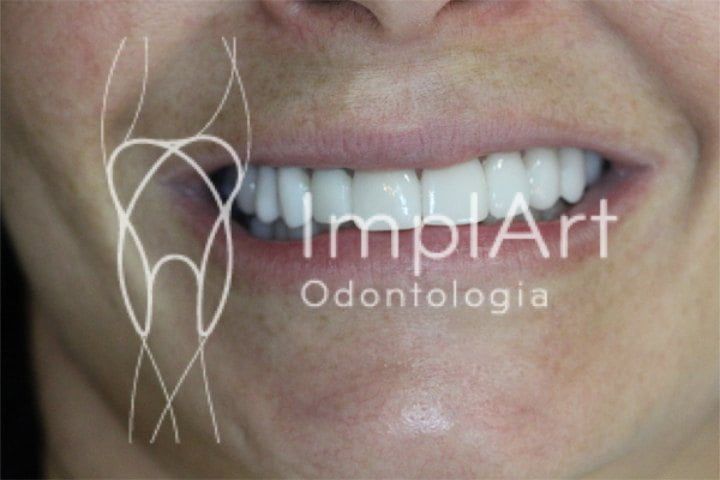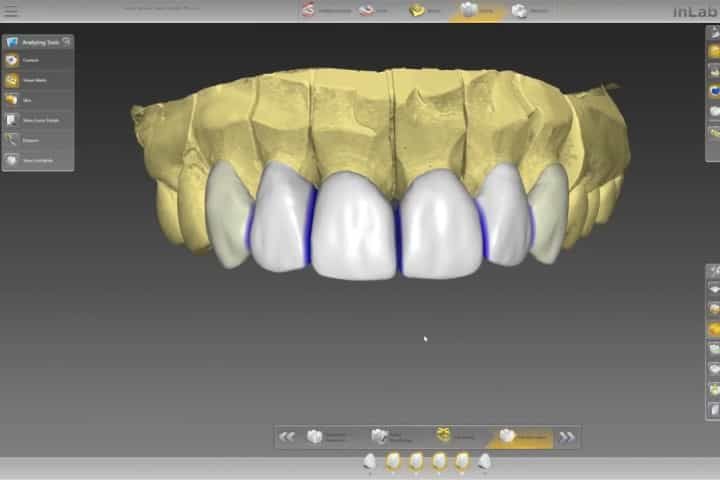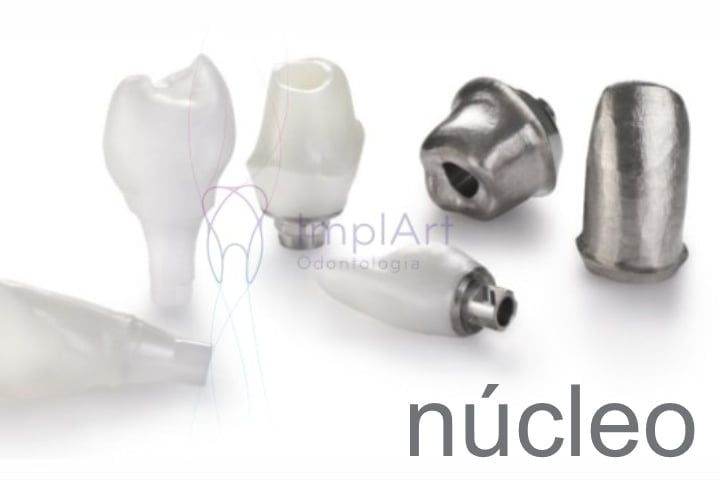Digital Smile Design in Brazil with Artificial Intelligence: Preview your Future Smile at ImplArt Clinic
The desire for a renewed, more harmonious and healthier smile is the first step towards a major life change. However, a common doubt can lead to insecurity: “What will the final result look like?”. Fear of the unknown is one of the main barriers preventing many patients from realizing their dream of a new smile. That’s where the Digital Smile Design with Artificial Intelligence carried out at the ImplArt Clinic comes in. With it, we can predict the results of your treatment.
The ImplArt Clinic, under the direction of Dr. Roberto Markarian, a reference in Brazil and abroad in Dental Implants and Computerized Prosthesis, has just incorporated the newest Artificial Intelligence tool focused on Dentistry that allows you to accurately visualize the final results of a dental treatment planned with computer graphics.
This way we can give you the chance not just to imagine, but to visualize your future smile before any procedure is even started! Can you imagine seeing yourself with a new smile before you’ve even had it done?

Whether your treatment is a dental implant, dental crown, prosthetic protocol or dental contact lenses, now, with the use of Artificial Intelligence at the ImplArt Clinic, you can see the results of your treatment and participate in the process of realizing the aesthetics of your new smile.
See above in this practical video how digital planning technology and artificial intelligence allow you to anticipate your result with impressive realism.
Digital Smile Design: How Does Technology Turn Predictability into Reality?
Digital Smile Design (DSD) is a protocol that integrates cutting-edge technology, artificial intelligence and the artistic sensibility of our team to create a reliable preview of your treatment. It transforms the initial consultation into a co-creation experience.
Understand the steps that allow us to design your new smile:
1. Complete Digital Diagnosis: The process at the ImplArt Clinic begins with high-precision documentation. Using a modern intraoral scanner, which replaces the old moldings, we create an exact 3D model of your mouth. We complement this with professional photographs and videos that capture the dynamics of your smile and your facial harmony.
2. The Design of the Smile (The Digital Architecture): With this data, Dr. Roberto Markarian and his team use advanced software with Artificial Intelligence to digitally design every detail of the new smile. We analyze the proportion, shape, color and alignment of the teeth in relation to your lips, gums and facial features, seeking a natural and personalized result.
3. Visualizing the Future (Your Participation): This is the moment when we present you with the simulation, like the one you saw in the video above. You will be able to see the “before and after”, give your opinion and ask for adjustments. Your feedback is crucial so that the end result is not only technically perfect, but also fully reflects your wishes.

Advantages that Go Beyond Aesthetics with Digital Smile Planning with Artificial Intelligence
- Absolute Predictability: Have the security and peace of mind to visualize the end result before you start. This completely aligns expectations and eliminates anxiety. This applies to treatments such as Dental Implants for Front Teeth, Porcelain Veneers, and Total Implants with Zirconia Full Arch Prosthesis.
- Millimeter precision: Digital planning serves as a guide for all subsequent procedures. It ensures that dental implants and zirconia crowns are made with unparalleled precision.
- Clear communication: Visual simulation is the most effective form of communication. It allows you to understand each stage of the proposed treatment and actively participate in decisions.
The Perfect Connection: From Digital Planning to State-of-the-Art Treatments
The project you approve is not just an image. It becomes a digital map that guides our most advanced treatments:
- Dental implants: For guided surgery implants, digital planning determines the exact position, angle and depth for implant installation, making the procedure faster, safer and minimally invasive.
- Zirconia Crowns and Dental Contact Lenses: The design of the smile is exported to our CAD/CAM (computer-aided design and manufacturing) systems, which make the zirconia or lithium disilicate restorations with a perfect fit and impeccable aesthetics, faithfully reproducing what was planned.

Your New Smile Starts with a Clear Vision of the Future
At the ImplArt Clinic, cutting-edge technology and human sensitivity go hand in hand to offer you not just a treatment, but a transformative and safe experience.
Always at the forefront of dental treatments, the ImplArt Clinic has positioned itself as a reference clinic for high-quality dental treatments. ImplArt is continually mentioned as the best dental implant clinic in Brazil, due to its expertise and high technology. Always thinking of offering the most modern treatments to patients, Dr. Roberto Markarian, PhD, invests in continuous innovation, always linked to the most modern practices worldwide.
We invite you to take the first step. Schedule an appointment with Dr. Roberto Markarian and discover the potential of your smile with the help of the latest dental technology.
- Phone/WhatsApp: (11) 3262-4750
- Address: Rua Cincinato Braga, 37 – cj. 112, Bela Vista – São Paulo/SP
- Click to see the ImplArt Clinic location map
Guia sobre Planejamento Digital do Sorriso com Inteligência Artificial na ImplArt

Technical material by DR. ROBERTO MARKARIAN – CRO-SP 73.583
Founder and Director of the ImplArt Dental Clinic – Dr. Roberto’s Linkedin profile
Access Dr. Roberto Markarian‘s scientific output on Google Scholar
Dr. Roberto Markarian is a reference in dental implants and computerized dental prostheses in Brazil. As well as having more than 12,000 implants installed, he is a researcher who produces knowledge that is published worldwide in renowned scientific journals in the field of dentistry. He is responsible for promoting knowledge and high technology applied in all the treatments offered by the ImplArt Dental Clinic.
*Watch more on the ImplArt Dental Clinic YouTube channel – explore our latest videos










 Agende sua consulta agora por WhatsApp
Agende sua consulta agora por WhatsApp


















































